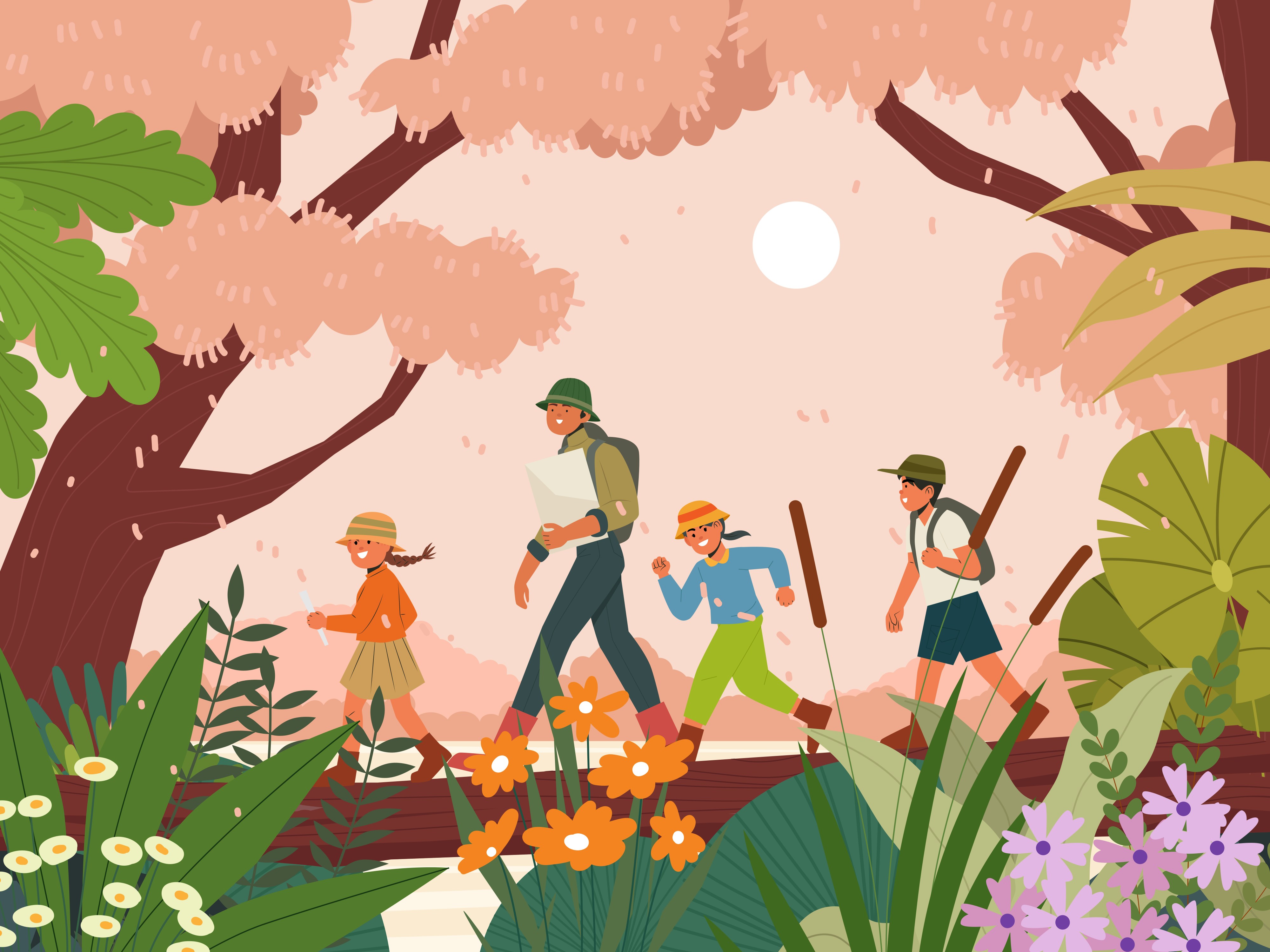
Above all, it’s an invitation to lead by example and touch the future through everyday intention.
In fact, climate educators now consider “environmental emotional literacy” as a foundational skill for the next generation—alongside reading and mathematics (UNESCO Climate Education Brief, 2025).
Listen with Presence
When children ask, “Is it true that the planet is getting hotter?” let your curiosity guide your response. Don’t start with complexity – start with attention. Experts at Project Drawdown remind us: true dialogue begins when adults meet children where they are, with open ears and calm intent. Listen to their wonder, and to their fears, without correction or panic. Instead, ask questions: “What does that make you feel?” This gentle act of validation is one of the deepest gifts a parent can offer (Project Drawdown, 2025).
Recent neuroscience research confirms: children who feel heard are more resilient in emotionally charged environments (Stanford Brain & Behavior Report, 2025).
Show Nature as Nurture
Clarity grows in relationship, not lecture. Take your child to a maple, a marsh, or to the first bee stirring in early spring. These small ritual moments tell richer stories than any film could. A growing body of research ties ecological empathy to meaningful time spent outdoors—touching moss, watching clouds, listening to the bee chorus (The Guardian, 2025).
In fact, the Swiss Forest Pedagogy Institute recently published data showing that just two hours in biodiverse settings per week measurably boosts eco-empathy in children aged 4–10 (Waldpädagogik Schweiz, 2025).
Frame Challenge with Agency
Children absorb urgency. But without context, urgency becomes panic. That’s where the “positivity sandwich” helps: share a real concern, perhaps a recent climate news headline – and follow it with a story of action or invention. Experts say this pattern eases climate anxiety while anchoring resilience. Describe how wetlands are healing, rivers are cleaning, or communities are planting food forests (AP News, 2025).
The “eco-anxiety paradox” shows that action-based narratives significantly reduce despair, according to Yale’s Climate Connections (2025).
Invite Daily Climate Clarity
Change need not be dramatic to be durable. Invite your child to plant a seed every spring, compost a peel, or taste-test plant-based recipes with wonder – not permission. Studies of childhood development show children internalize values when they practice them in everyday environments –not when they reach for an ideal, but when they live a choice (Parent.com, 2025).
Daily routines—when imbued with climate awareness—help children link values with action. Even small rituals like unplugging unused devices or walking instead of driving can build long-term eco-literacy (EcoFamilies EU Study, 2025).
Model Calm Commitment
The tone of adult climate conversations leaves a deeper imprint than the facts we share. When you respond to climate anxiety with breath, with pause, with intention, your child learns emotional regulation and grounded presence. Climate psychologists emphasize modeling steadiness, because children learn tone before words. A parent who experiments, questions, and takes action calmly bestows a superpower: regenerative hope (AP News, 2025, Parents.com, 2025).
The University of Copenhagen’s 2025 “Climate Parenting Index” identifies this modeling effect as the most influential factor in long-term pro-environmental behaviour.
Connect Caring with Impact
When a child wonders whether their egg disappears into the Earth, or whether sending water down the drain matters, respond with hands-on invitation. Plant the seed in their hand. Compose a compost pile together. Draw a map of your neighbourhood and ask, “Where could the birds rest if we planted native trees here?” A single drawing, a shared action, a petition to local leaders: these gestures teach clarity through impact – not just awareness (Climate for Health, 2025, Parent.com, 2025).
In Switzerland, the “Kinder Kompostieren” pilot showed a 35% increase in sustainable household habits when children took part in garden composting activities (ETH Zürich, 2025).
Clarity is courage; it grows in storytelling that honors hope. Read aloud the stories of youth-led climate gardens, indigenous hunters teaching land stewardship, or artists feeding soil with cinema. Pause with that breath before bed, and ask your child what they’d like to help grow tomorrow. The future will bloom through rooted questions more than polished answers (The Guardian, 2025).
Books like “Green Hands, Brave Hearts” (published by Little Planet Press, 2025) are already shaping how early readers understand activism as an act of beauty and care.
Children born today are living through more climate extremes than any generation before them –heatwaves, fires, floods, droughts. And yet, a message from countless parents and educators says: we can prepare children not just for grief, but for clarity and grace. Emotional literacy, grounded hope, everyday action – these become the inheritance we choose to pass on. In 2025, raising a child with climate clarity is raising a child with roots. And roots survive storms.